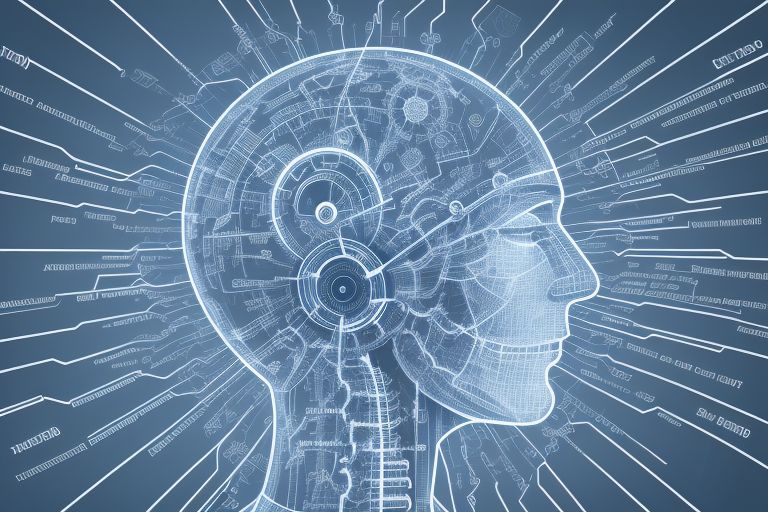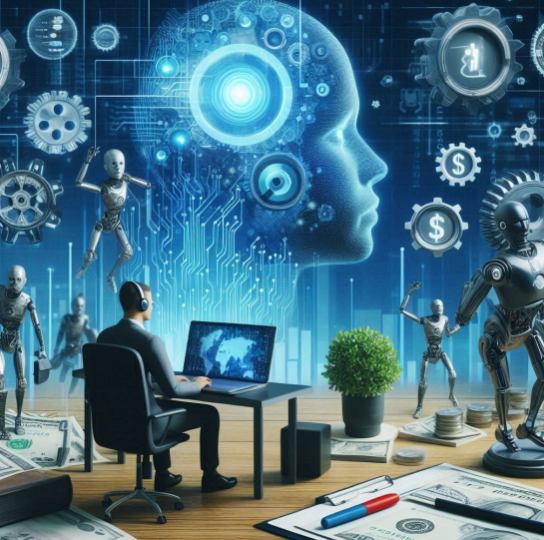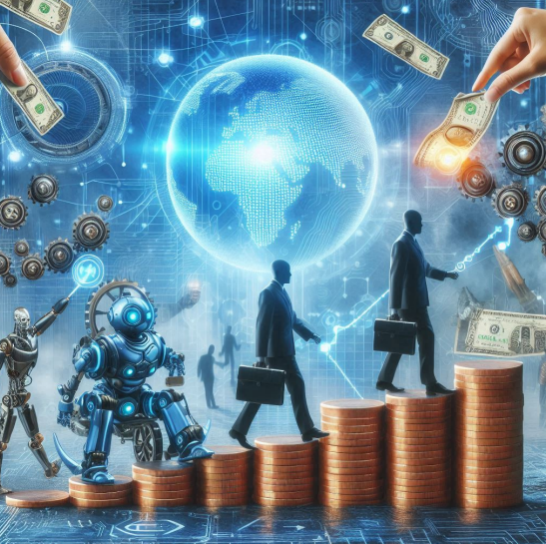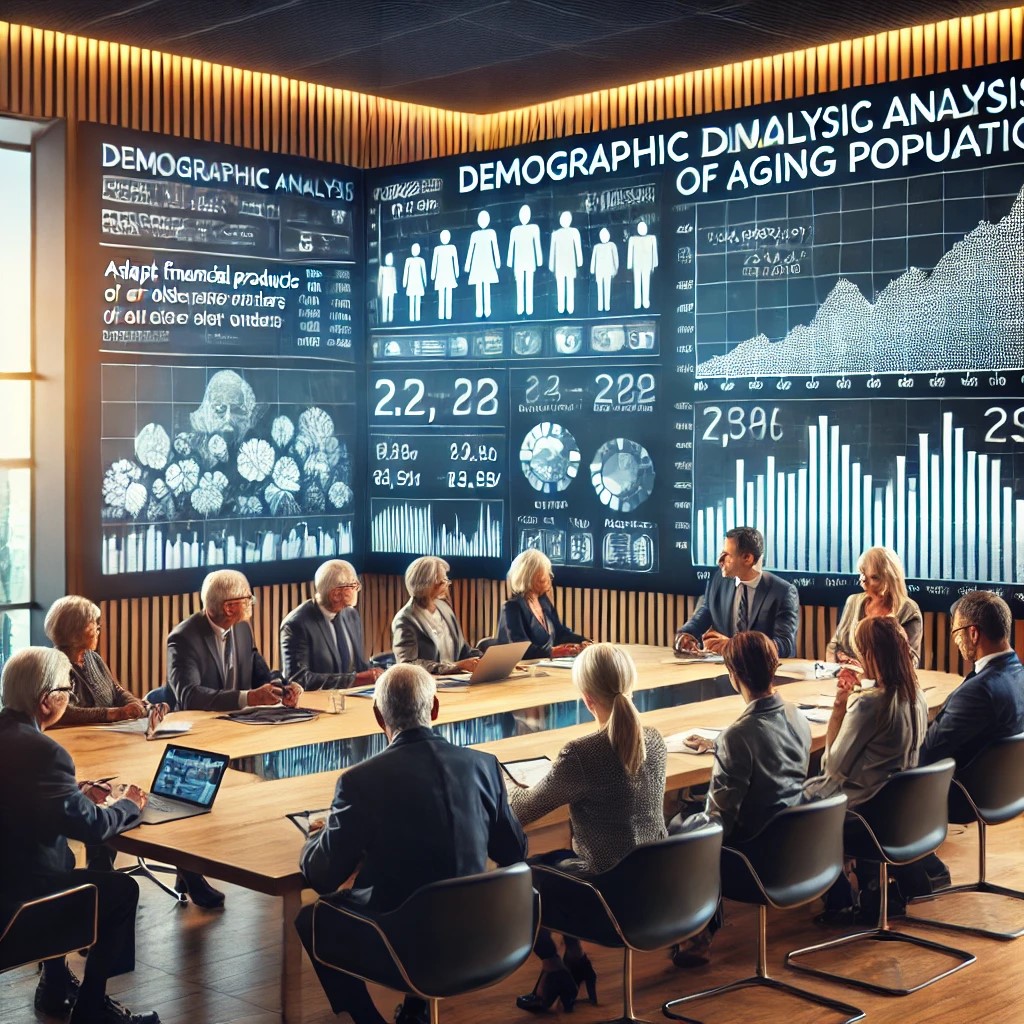Automation is an industry which is rapidly changing with the emergence of artificial intelligence (AI). From self-checkout machines to the algorithms being used in financial services, the new world of work is indeed a changed place. However, it comes at a cost for workers and the broader economy. While more efficient and productive, the policy encourages the displacement of jobs and leaves wages as a flat curve.

The article is about understanding the financial impact that AI and automation have on jobs. It is about where such technologies shape the scope, income and growth of industries.
Job Displacement: The New Reality
One of the biggest fears of AI and automation is job displacement. Machines are increasingly capable of doing repetitive work, which mainly is practiced in industries such as manufacturing, retail and logistics. McKinsey's report concluded that approximately 30% of the global workforce might lose its jobs due to automation by 2030. This would affect about 400 million to 800 million workers globally. The lower-skilled employees would also be more vulnerable to this. For example, in the manufacturing sector, robots are already applied in assembly, welding and quality testing among others. As a result of increased adoption of AI-enabled robots here, it has lowered human power utilization by 14% in developed economies such as the U.S. and Germany.
There are now growing numbers of high-skilled jobs, like data scientists and AI engineers, but the problem is retraining the existing workforce for these new roles. The shift from traditional jobs to tech-enabled jobs often needs heavy upskilling that is not in everyone's reach.

Income Inequality: A Growing Widening Gap
AI and automation are also giving rise to a growing income inequality. A well-paid workforce is mainly because of those skills for working in advanced technology such as coding or data analysis. They tend to have better wages. Others in low-skilled or routine jobs may have wages shackled to no increases or even worse and job loss. For instance, an MIT study demonstrated that for each percentage point growth of automation technologies, wages of low-skilled individuals fell by 0.5%. At the same time, the wages of high-skilled technical professionals increased up to 2%. This is particularly manifested in areas like finance and banking, health care, and information technology, where addition of AI applies to routine tasks. This may lead to long-term economic problems, such as decreased consumer expenditures and further reliance on social welfare programs, unless those in power take decisive action. Thus, governments and business organizations should combine their efforts to create education and training programs capable of reducing the gap.
New Opportunities for Industry Growth
On the bright side, AI and automation are creating new jobs and fueling growth in their industries. AI will also create more jobs than it kills. The report from the World Economic Forum shows that AI will cause 85 million jobs to become redundant by 2025 but develop 97 million more. Most of these new jobs will be related to AI development, machine learning, cybersecurity and data science. The health sector is a classic example where AI assists and does not displace workers. AI-powered applications assist doctors in making precise diagnoses and freeing them to offer more patient time. In logistics, automation is constantly optimizing warehouse activities for organizations such as Amazon which means greater efficiency at lower cost.
Secondly, AI holds a significant influence over the growth of industry. In retail sector, automation helped in making the experience tailored towards shopping. Companies that have implemented AI operations see productivity increase by 5% to 10%.
Automation and Human Workers Balance
Perhaps one of the most practical solutions to challenges brought about by AI and automation involves the retraining and upskilling of workers, given the fact that most developments would require acquiring a new set of skills to stay ahead in the markets. Governments and private companies are awakening to this reality. In 2020, Amazon committed to a $700 million effort to retrain one-third of its U.S. employees by 2025. Software development, IT support, data analysis-these are the jobs at which Amazon hopes to guide many current employees. Similarly, Microsoft has committed training to 25 million worldwide on digital skills in preparation for an AI-driven economy. This and other efforts will be of prime importance in bridging the gap of skills and ensuring that the workers are adequately equipped and ready to take advantage of this fluid change in the job market.

Financial Implications of Reshaping Skills for Success
The financial implications of AI and automation go beyond the simplistic narratives about jobs created versus jobs destroyed. Companies face the dilemma of how to strike a balance between using technology for efficiency gains without losing the human workforce. Many tasks depend on human resourcefulness, emotional intelligence and the ability to make decisions that simply cannot be replicated by machines.
Most industries, such as customer support, education, and even health care, do have many aspects where strong human interaction is not avoided but rather maintained, even in the context of such high-tech support from AI in performing routine tasks. For example, while a chatbot will help with simple customer inquiries, a complex problem still requires human intervention. This hybrid approach may be beneficial to companies, combining maximum productivity with the aspect of having workers who are still vital to the process.






